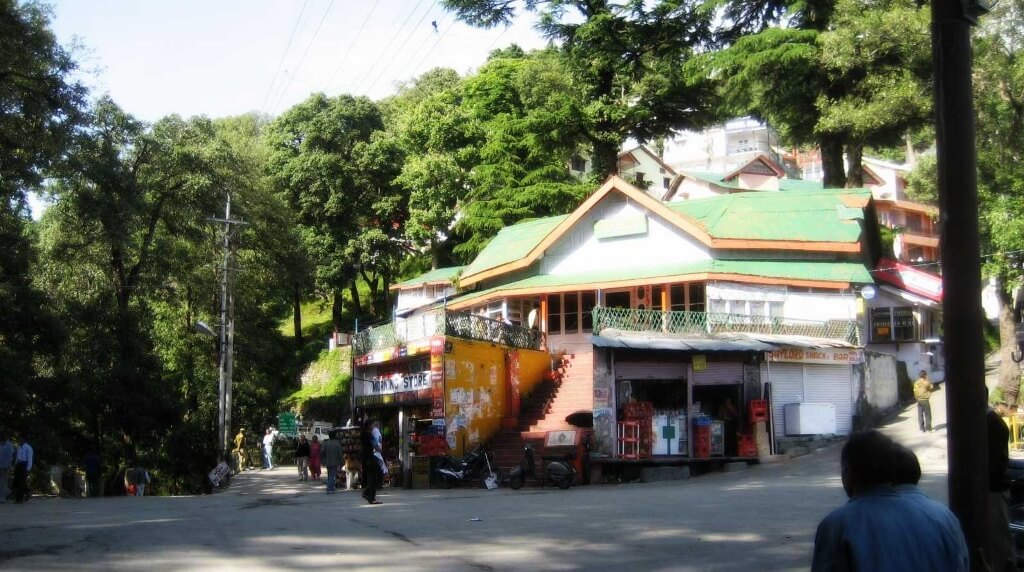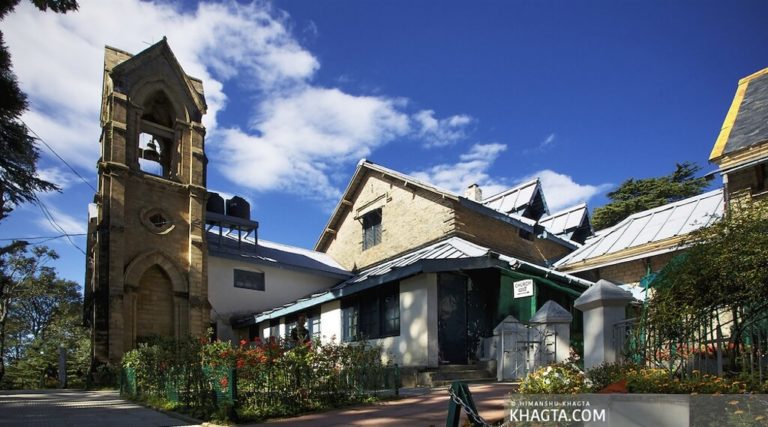Dalhousie is the small town of Himachal Pradesh and is known throughout the world for beautiful views. Khajjiar known as the meadows in terms of natural beauty as well as this place is also important on religious faith. While religious, arts, crafts, traditions and natural beauty in its border Chamba Himachal boasts of civilization and culture is the symbol.
In the summer when daily rush life and pollution makes too much discomfort and tediousness for us then the beautiful mountain valley starts attracting us. Our mind starts to travel to a place where new energy can be achieved in life. For the same intent, this time we went out on a trip to Himachal Pradesh and Dalhousie, Chamba and the valley Khajjiar were involved in our program. These three places have their own individual characteristics.
Dalhousie counts as a quiet resort since the British time. Khajjiar spread between lush green forest and meadows is famous for its historical and religious significance, the hill town of Chamba. Located on the Delhi-Jammu Pathankot railway station after landing, we took a taxi to Dalhousie. Soon the roads were starting to spiral mountain route. Soon after the way we saw the unique hills. Large hills such as a Freemason tried to be a certain size. See them with the idea of the ‘US Grand Canyon’, through which a river flows and have a different shape. Find something here. The dry mountains seem like emerge from a river valley made up. Grind to drift into the soil of these mountains is full of rounded stones. Two and a half hours later we arrived Banikhet. Here is a way to Chamba. It is only 6 KM away from Dalhousie.

Dalhousie Cantoment
The City Settled on Five Hills
The unique beauty of nature, which influenced the British viceroy, Lord Dalhousie, that beauty still tempts tourists. The city on five hills is located in the shadows of The Dhauladhar mountain range. Tall pine and cedar trees indicate the different shades of green.
There are lovely touches make healthy air to the climate. That climate with cool breezes draws tourists in summer and in winter extends around the ice sheet that fascinate them. The snow-laden branches of the trees on the rooftops brings a different scene. Inspired from this awesome climate, the Britishers in 1853, had taken Portiran, Ktlosh, Tehra, Bkrota hills and the Baloon from the Kings of Chamba. Then they put the name of this place ‘Dalhousie‘ in the name of Lord Dalhousie. On the top of Baloon hills, he rebuilt the Cant, which is still cantonment. The city mainly lies around Portiran hill.

Subhash Chowk Dalhousie
Somebody said that if you want to absorb the beauty of Dalhousie just go here like a nomad wandering the streets. You will find yourself in a unique place. To this effect the next morning we set out on foot, on the streets of Dalhousie. Clean winding roads, surrounded by green trees, invites tourists to stroll. By walking we arrived at Subhash Chowk. It’s a small point, where all tourists come together. Subhash Chandra Bose’s statue on the side of the hill. A few days of his life were spent in the Dalhousie. There are some railings and some benches around the statue. Apart from the surrounding hills to the plains of Punjab also appeared at some distance. Tourists stand here enjoy a sunny wintry weather. There is a church also. The second point of Dalhousie is the Gandhi Chowk. There are two ways to go from Subhash Chowk to Gandhi Chowk. One of them is also known as the ‘Mall Road‘. All the way you can see the snow-covered peaks. Nestled in the lap of the mountain villages, valleys look beautiful. The Cant, situated on the hill area near the Baloon was visible. Some tourists in transit shelters are made for relaxation. It features panoramic views from here.

Gandhi Chowk Dalhousie
There is always a crowd of travellers on Gandhi Chowk. As it was the main post office of Dalhousie, it was called before the GPO Square. Gandhi statue in front of the post office. Behind it, there is a church. Gandhi Chowk market too small, some restaurants and fast food parlours etc. Here are a few horses standing in the queue of people who have hobbies of riding. Tibetan Market is just ahead of the Chowk. There is a taxi stand where you can hire a taxi for travel around. Satdhara, Panjpula, Subhash Baoli and Jandari like places are near and you can visit them on foot.
Local residents said that the first ever in ‘Satdhara‘ seven streams of water had flowed in the form of waterfalls and the water was full of medicinal properties. Today, a simple stream flows. The ‘Panjpula‘ is one kilometre from the ‘Satdhara‘. It is a small picnic spot. There was a walking path leads to Dharamshala. There were five bridges on the route. For tourists, this route was very beautiful. So they started calling it ‘Panjpula‘. Freedom fighter Ajit Singh’s ‘samadhi’ is in ‘Panjpula‘. Sardar Ajit Singh was Bhagat Singh’s uncle and Subhash Chandra Bose’s ally. The day he died was the same day the country became independent. Tourists who come here do not forget to pay tributes to the great fighter. A route from Gandhi Chowk goes to Subhash Baoli and ‘Jandarighat‘. It is so named Subhash Baoli because during Dalhousie visit Netaji Baoli often came here. Today, a small water body, but the pleasing sight of the snow-clad mountains are formed. A kilometre away is Jandarighat. The scenery includes the tiny village built on the slopes terraced fields, long rows of tall trees. Rulers of Chamba built a small castle. The castle hill sloping roof architectural style similar to the giant home. On the front is a beautiful garden. The castle is a good collection of historical objects and pictures. Due to the private property of royal visitors can see it only from the outside.
Graffiti on the Rocks
We come back to Gandhi Chowk there was quite lively. There are beautiful paintings on the rocks of the mountain along with the road. These paintings are made by Tibetan Buddhists. These images have been combined elegantly. Beside these, fluttering the religious flags makes tourists attractive to them. To the Tibetans at Dalhousie, these images are symbols of faith. Since fleeing Tibet, the Dalai Lama stayed at Dalhousie for some time before settling at Dharamshala. Many Tibetan families have been living here since then. Almost 150 years ago, this area was under the control of the kings of Chamba. After that it was under the influence of the British. After independence, it became famous as a tourist destination. ‘Raghunath Temple‘ is near Gandhi Chowk. Most people on the streets near the houses have been converted into hotels. New fashion reaches here along with the Tourists. The impact can be seen in the youth. There are two or three small market.

View of Pir Panjal Range Dalhousie
The highest point in Dalhousie is ‘Dainkund‘ which is 10 km from here. The panoramic view of the surroundings can be seen. When the air moves at its velocity through the forests of tall trees, the music sounds in the atmosphere Hence it is also called musical hill. If the weather clears, the basins of Chenab and Raavi rivers are mirrored in the beautiful view. ‘Kalatop‘ the Wildlife Conservation Forest is located close by. One should enter there after getting the permission from the Forest Department. The dense forests overwhelmed with wild birds and all wildlife can be seen.
Our next stop after Dalhousie was the Khajjiar. We programmed to travel to Khajjiar by local bus. After a half hour ride we arrived at our destination. Khajjiar the most visited by tourists on package tours.



Comments